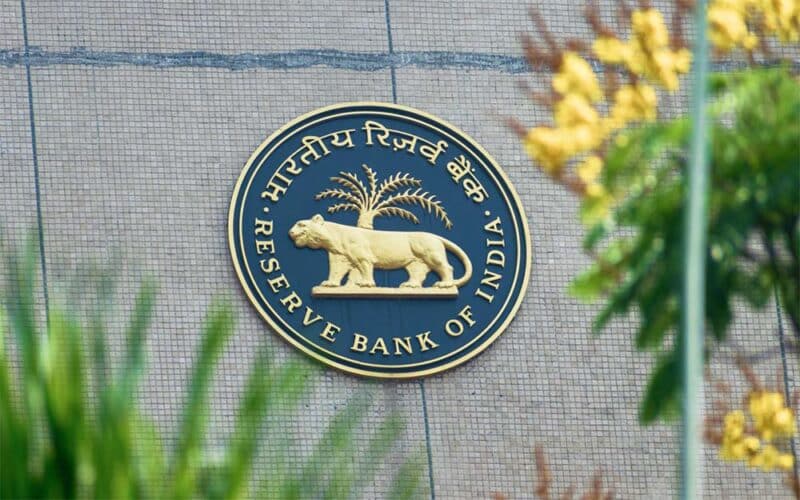RBI Cuts Rates to Boost Economic Growth

The Reserve Bank of India (RBI) has made a significant move in its monetary policy by cutting the repo rate for the first time in five years. This decision comes amid concerns about slowing economic growth and consumption. RBI Governor Sanjay Malhotra emphasized that the current macroeconomic outlook and inflation trends make it an appropriate time for this rate cut. The aim is to stimulate household consumption, housing investment, and capital expenditure, thereby strengthening overall demand in the economy.
The Context of the Rate Cut
During the first Monetary Policy Committee (MPC) meeting under Governor Malhotra, the committee unanimously voted for a 25 basis point cut in the repo rate. This decision reflects a growing consensus among policymakers about the need to address the challenges posed by slowing growth. The minutes from the February 6 meeting revealed that the committee members recognized the importance of monetary easing in the current economic climate. The finance ministry’s recent budget, which included substantial tax relief for the middle class, has also been viewed as a supportive measure for this rate cut. This budgetary approach aims to boost consumption and provide comfort to the monetary authority, reinforcing the need for a proactive monetary policy.
Malhotra’s comments highlighted the importance of agricultural growth and budgetary measures in stimulating demand. He pointed out that while the rate cut is essential, it is equally important to maintain flexibility in monetary policy. The uncertainties in global financial markets and potential adverse weather events pose risks to both inflation and growth. Therefore, a neutral stance in monetary policy will allow the RBI to respond effectively to changing economic conditions.
Implications for Growth and Inflation
The RBI’s decision to cut the repo rate is expected to have far-reaching implications for the Indian economy. Deputy Governor M. Rajeshwar Rao noted that the alignment of headline inflation towards the 4% target provides greater room for addressing growth concerns. This reduction in the policy repo rate is anticipated to lower borrowing costs for businesses and consumers, encouraging spending and investment.
RBI member Rajiv Ranjan emphasized the need to prioritize growth in the current policy setting. He argued that the recent government measures to boost consumption, combined with monetary policy easing, would support higher aggregate demand. This approach is crucial for reviving economic momentum and ensuring sustainable growth in the long term.
Moreover, Nagesh Kumar, another MPC member, suggested a more ambitious approach by advocating for a 50 basis point cut. He believes that such a move would send a strong signal to both domestic and international markets about India’s commitment to reviving economic growth. This sentiment reflects a broader understanding among policymakers that decisive action is necessary to counteract the challenges posed by a slowing economy.
The Road Ahead for Monetary Policy
As the RBI navigates the complexities of the current economic landscape, maintaining a flexible monetary policy will be essential. Governor Malhotra’s cautious approach underscores the need to remain vigilant about global economic conditions and domestic challenges. The potential for adverse weather events and fluctuations in global trade policies could impact inflation and growth forecasts.
The RBI’s commitment to a neutral stance allows it to adapt to evolving macroeconomic conditions. This flexibility will be crucial in responding to any unforeseen challenges that may arise in the future. As the central bank implements its rate cut, it will be closely monitoring economic indicators to ensure that the measures taken effectively stimulate growth without compromising price stability.
Observer Voice is the one stop site for National, International news, Sports, Editor’s Choice, Art/culture contents, Quotes and much more. We also cover historical contents. Historical contents includes World History, Indian History, and what happened today. The website also covers Entertainment across the India and World.
Follow Us on Twitter, Instagram, Facebook, & LinkedIn

